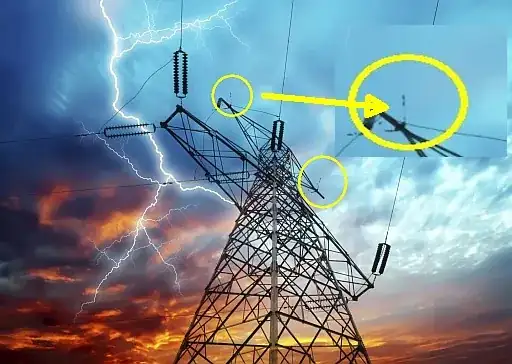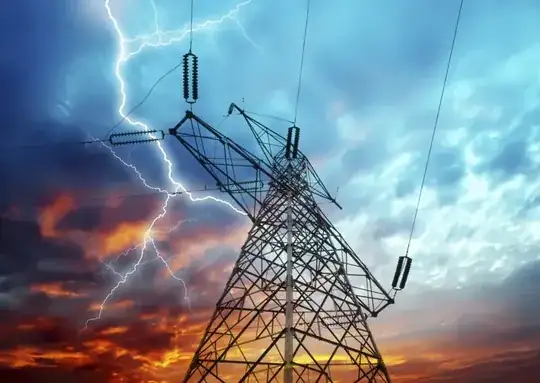There is extensive training for safety which would fill a book.
1) Insulation. > 4 meter fiberglass rods for moving live lines with hook. Tools cleaned daily. Insulated Bucket truck lift. Safety arc flash gear. Double insulated boots etc .
2) Earth bonding mobile equipment
3) Overhead protection
According to the NOAA, over the last 20 years, the United States averaged 51 annual lightning strike fatalities, placing it in the second position, just behind floods for deadly weather. In the US, between 9% and 10% of those struck die, for an average of 40 to 50 deaths per year (28 in 2008).
Meanwhile USA has that many death by firearms every week.
Anecdotal
Last year I was at the Coral Castle in a rain storm in Florida, the lightning capital of North America , our guide was too afraid to take us outside. So I asked him, has there been any recent reports of power interruptions or worker deaths? He said No but still wouldn't go out. I said see those little antenna at the top of every wooden power line pole. Its an earthed tungsten sharp tip that acts like an antenna above the trees. That's why.
Some are coiled which slows down the current ionzation but reduces the induced voltage. The best are short sharp tungsten tips on top of every pole well bonded to earth to bypass the structure.
There are still risks and more details to cover, but this gives some idea.
We went out in an umbrella surrounded by the castle and much taller poles along the street closely spaced with lightning protection. Every city does not do this, but in Florida it works. They need it.


